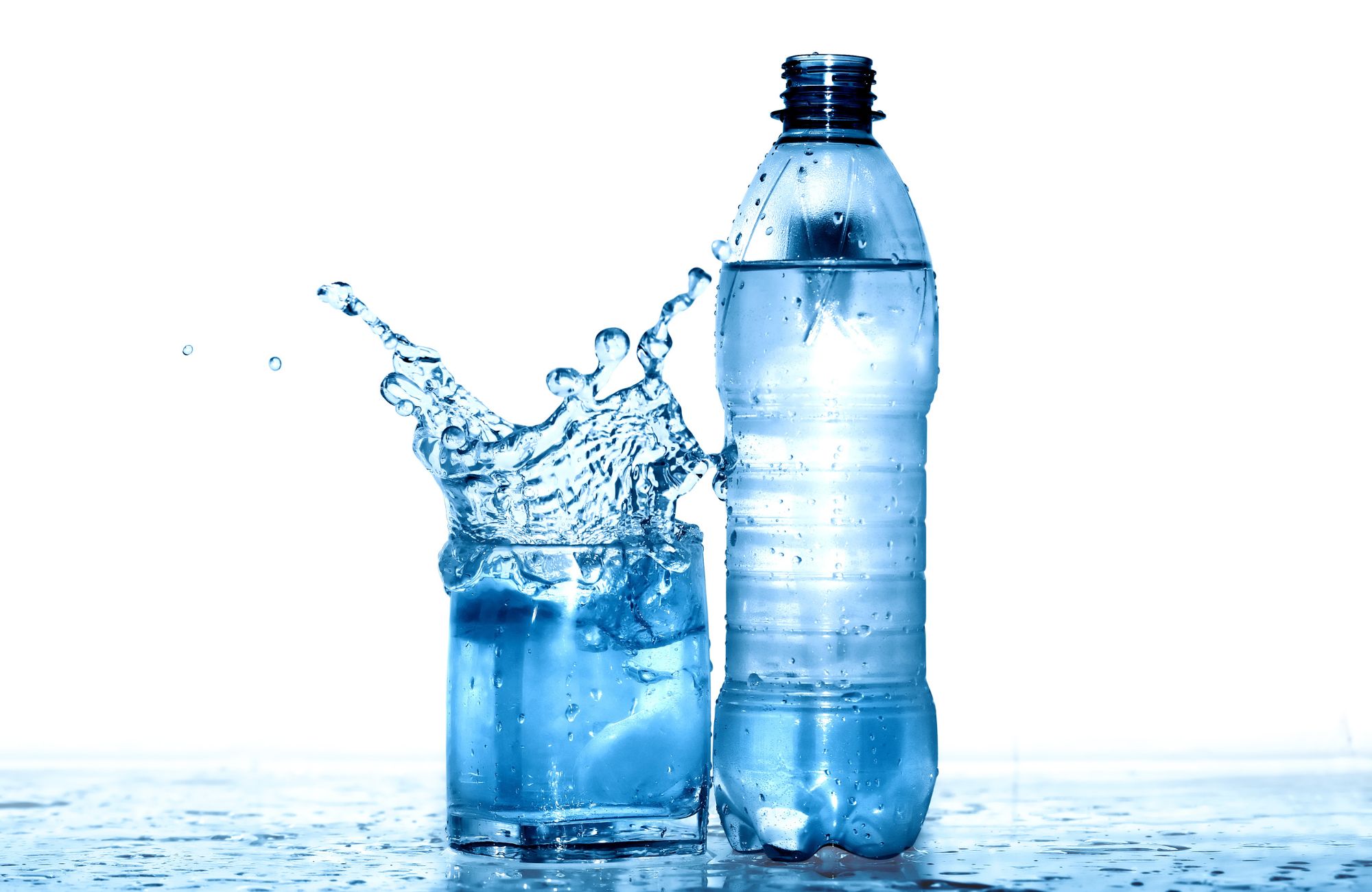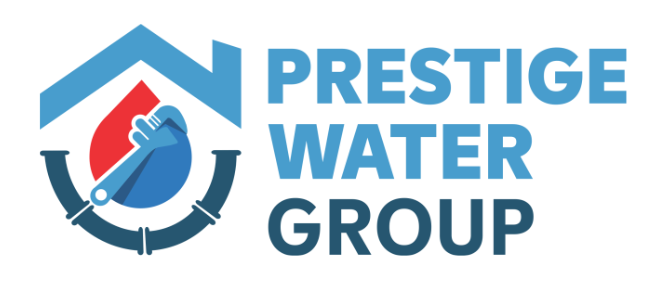
How Long Does a Reverse Osmosis System Last?
Water is more than a basic necessity—it’s the cornerstone of health, productivity, and well-being. In an era of increasing environmental challenges and water quality concerns, reverse osmosis (RO) systems have emerged as a beacon of hope for those seeking pure, safe drinking water.
The Science Behind Reverse Osmosis
Reverse osmosis (RO) is regarded as the most popular and efficient desalination technology, due to its high efficiency in removing mineral salts and other impurities, and the relatively low consumption of energy It represents a quantum leap in water purification technology. At its core, this process is a marvel of scientific engineering. Unlike conventional filtration methods that simply strain out larger particles, RO systems employ a sophisticated semipermeable membrane with microscopic pores—measuring a mere 0.0001 microns—capable of removing up to 99.9% of dissolved solids, contaminants, and potentially harmful impurities.
The Complex Ecosystem of an RO System
A reverse osmosis system is not a single-component device, but a complex ecosystem of filtration technologies working in harmony:
- Pre-Filtration Stage
- Sediment filters remove larger particles
- Carbon filters eliminate chlorine and organic compounds
- Protects the delicate RO membrane from damage
- Reverse Osmosis Membrane
- The system’s heart and most critical component
- Removes dissolved solids, heavy metals, and microscopic contaminants
- Determines overall system efficiency and water quality
- Post-Filtration Stage
- Final polishing of water quality
- Removes any remaining tastes or odors
- Ensures pristine drinking water
Lifespan Dynamics: More Than Just Numbers
The longevity of an RO system is a complex interplay of multiple factors:
| Factor | Impact on System Lifespan | Potential Consequence |
|---|---|---|
| Water Quality | High mineral content accelerates wear | Premature membrane failure |
| Usage Frequency | Constant use increases component stress | Faster filter degradation |
| Maintenance Practices | Regular care, including using high-quality replacement filters, extends system’s life | Potential 2-3 year lifespan extension |
| Environmental Conditions | Extreme temperatures/humidity affect performance | Reduced system efficiency |
Regular replacement of reverse osmosis filters is crucial to maintain system efficiency and water quality.
Why System Longevity Matters
Understanding your RO system’s lifecycle is about more than just maintenance—it’s about:
- Protecting your health
- Ensuring consistent water quality
- Making a smart long-term investment
- Optimizing performance and efficiency
Reverse osmosis systems can last significantly longer with proper maintenance and regular filter replacements.
The Filtration Journey: Understanding Each Component
A reverse osmosis system is a sophisticated multi-stage filtration marvel. Each component plays a critical role in delivering pure, clean water. Understanding their individual lifespans and functions is key to maintaining optimal system performance.
- Pre-Filtration Stage: Your System’s First Line of Defense
Sediment Filters
- Primary Function: Remove larger particles like sand, silt, and rust
- Average Lifespan: 6-12 months
- Replacement Indicators:
- Reduced water flow
- Visible sediment buildup
- Discoloration of filter material
Sediment Pre-Filters
- Primary Function: Remove dirt and small particles before water passes through additional filtration stages
- Average Lifespan: 6-12 months
- Replacement Indicators:
- Reduced water flow
- Visible sediment buildup
- Discoloration of filter material
Carbon Filters
- Primary Function: Remove chlorine, organic compounds, and improve taste/odor
- Average Lifespan: 6-12 months
- Critical Roles:
- Protect RO membrane from chlorine damage
- Eliminate volatile organic compounds (VOCs)
- Improve overall water palatability
- The Heart of the System: Reverse Osmosis Membrane
Technical Specifications
- Pore Size: Approximately 0.0001 microns
- Contaminant Removal: Up to 99% of dissolved solids
- Average Lifespan: 2-5 years
- Role of RO Membranes: Produce highly purified water
Factors Affecting Membrane Longevity
- Water Quality
- High total dissolved solids (TDS)
- Presence of heavy metals
- Bacterial contamination
- Maintenance Practices
- Regular cleaning
- Proper pre-filtration
- Consistent system pressure
Performance Degradation Signs
- Increasing TDS levels
- Reduced water production rate
- Changes in water taste or quality
- Visible scaling or membrane discoloration
Reverse Osmosis Water Filter
- Importance: Ensures optimal water quality
- Consequences of Neglect: Can lead to contamination in drinking water
- Post-Filtration Stage: Final Water Polishing
Activated Carbon Post-Filters
- Primary Function: Final taste and odor refinement
- Average Lifespan: 12 months
- Key Responsibilities:
- Remove any remaining organic compounds
- Eliminate residual tastes
- Provide final water quality enhancement
- Role of RO Filters: Ensure clean and safe drinking water by highlighting factors that affect their longevity and maintenance practices
Economic Considerations of Component Replacement
Annual Maintenance Cost Breakdown
- Pre-Filters: $50-$110
- RO Membrane: $100-$300 (every 2-3 years)
- Post-Filters: $20-$40
- Total Annual Investment: $170-$450
Professional Insights: Maximizing Component Lifespan
- Water Quality Testing
- Conduct annual comprehensive water analysis
- Identify specific contaminants affecting system performance
- Proactive Maintenance
- Follow the manufacturer’s replacement guidelines
- Monitor system performance metrics
- Keep detailed maintenance records
- Environmental Considerations
- Protect system from temperature extremes
- Ensure proper installation and ventilation
- Minimize exposure to potential contaminant sources
Water Quality: The Primary Performance Determinant
Total Dissolved Solids (TDS) Impact
-
- Critical Threshold: Above 500 ppm significantly reduces system efficiency
- Composition Matters:
- Mineral-heavy water (calcium, magnesium)
- High iron content
- Presence of heavy metals
- Biological contaminants
Usage Patterns: Performance Under Pressure
Daily Consumption Factors
-
- Water Volume
- Residential average: 2-3 gallons per person daily
- Commercial use: Varies widely based on the application
- Pressure Considerations
- Optimal operating pressure: 40-60 PSI
- Pressure variations impact membrane performance
- Low pressure reduces filtration efficiency
- Water Volume
Maintenance Practices: Proactive vs. Reactive Approaches
Key Maintenance Strategies
-
- Regular Inspection
- Monthly visual checks
- Quarterly comprehensive system evaluation
- Annual professional assessment
- Preventative Maintenance Checklist
- Sanitize system annually
- Replace filters on the schedule
- Monitor water quality consistently
- Check for potential leaks or damage
- Regular Inspection
Economic and Performance Optimization
Cost-Benefit Analysis of Maintenance
-
- Preventative Maintenance Cost: $200-$500 annually
- Potential Savings:
- Avoid premature system replacement
- Maintain high water quality
- Reduce long-term repair expenses
Signs Your RO System Needs Maintenance or Replacement
Identifying when your reverse osmosis system requires maintenance is crucial for maintaining water quality and system performance. The most immediate indicators are changes in water taste, odor, and appearance. Regular maintenance of osmosis systems can prevent issues like changes in water taste, odor, and appearance. A metallic or chemical taste, unusual odors, or visibly cloudy water signal potential system issues that demand immediate attention.
Performance degradation manifests through reduced water pressure and slower fill rates. As the system ages, you’ll notice a weaker water stream and inconsistent flow. These symptoms often indicate underlying problems with filters or the RO membrane that require diagnostic testing or component replacement.
Total Dissolved Solids (TDS) measurements provide a technical assessment of system health. Increasing TDS readings suggest the membrane is losing its filtration efficiency. Professionals recommend comparing current readings to the system’s initial baseline to determine the extent of performance decline.
The system’s age plays a critical role in maintenance decisions. Most RO systems last 10-15 years, with individual components having shorter lifespans. Pre-filters typically need replacement every 6-12 months, while the membrane requires changing every 2-5 years. Post-filters should be replaced annually.
Economic considerations are paramount when deciding between repair and replacement. Minor repairs under $200 might be worthwhile, but significant component replacements approaching $500 may indicate it’s more cost-effective to invest in a new system. A comprehensive professional evaluation can provide definitive guidance.
DIY maintenance involves regular visual inspections and performance monitoring. Check for leaks monthly, assess water clarity, and use TDS meters to track filtration efficiency. Quarterly performance tests help catch potential issues before they become major problems.
Advanced homeowners can leverage smart monitoring technologies, including IoT-enabled sensors and smartphone apps that provide real-time performance tracking. These tools offer unprecedented insight into your RO system’s health and potential maintenance needs.
Comprehensive Maintenance Strategy
Routine Maintenance Schedule
- Monthly Tasks
- Visual system inspection
- Check for leaks
- Assess water quality
- Clean external components
- Quarterly Procedures
- Detailed filter examination
- Pressure system diagnostics
- Water quality testing
- Membrane performance assessment
- Annual Professional Maintenance
- Complete system evaluation
- Comprehensive water quality analysis
- Potential component replacement
- System sanitization
Filter Replacement Protocol
Systematic Replacement Guidelines
- Sediment Pre-Filters: Every 6-12 months
- Carbon Pre-Filters: Every 6-12 months
- RO Membrane: Every 2-5 years
- Post-Filters: Annually
Advanced Maintenance Techniques
Pretreatment Optimization
- Water Softening
- Reduce mineral buildup
- Extend membrane lifespan
- Improve overall system efficiency
- Sediment Prefiltration
- Remove larger particulates
- Protect membrane from damage
- Enhance filtration performance
Conclusion
A well-maintained reverse osmosis (RO) system, including regular replacements of the polishing filter and proper care of the storage tank, is essential for ensuring a continuous supply of clean, purified water in your home or business. By conducting regular maintenance tasks such as timely filter replacements, system sanitization, and monitoring for any performance issues, you can prevent problems like low water pressure or unpleasant tastes and odors. By staying proactive with these upkeep practices, you not only enhance the system’s efficiency but also extend its lifespan—typically 10 to 15 years—safeguarding your investment and health.
If you’re in Northern New Jersey and require assistance with your RO system or other plumbing services, Prestige Water Group is here to help. Our team of expert plumbers offers a range of services, including water heater repairs, drain cleaning, and comprehensive water treatment solutions. We take pride in delivering excellent customer service and ensuring complete satisfaction with every call. Contact us today at 973.227.4740 or info@pwgroupnj.com to schedule your service appointment. You can also visit our website to learn more about our services and read reviews from satisfied customers. Trust Prestige Water Group to keep your water pure and your plumbing in top condition.
FAQs
What is a Reverse Osmosis (RO) System?
A reverse osmosis system is an advanced water purification method that uses a semi-permeable membrane to remove impurities from water. By applying pressure, water molecules are forced through the membrane, leaving contaminants behind and resulting in clean, purified water
How Does Reverse Osmosis Work?
In an RO system, water first passes through a pre-filter to remove larger particles and chlorine. It then moves through the semi-permeable membrane, which filters out dissolved solids and impurities. Finally, the purified water is stored in a tank until needed, ensuring a consistent supply of clean water.
What Maintenance is Required for an RO System?
Regular maintenance is crucial for optimal performance. This includes replacing pre-filters and post-filters every six months, depending on water quality and usage. The RO membrane itself typically lasts between two to five years. Regular maintenance ensures the system continues to provide high-quality water and extends its lifespan.
